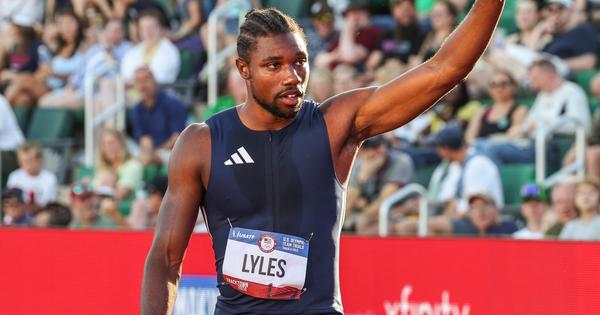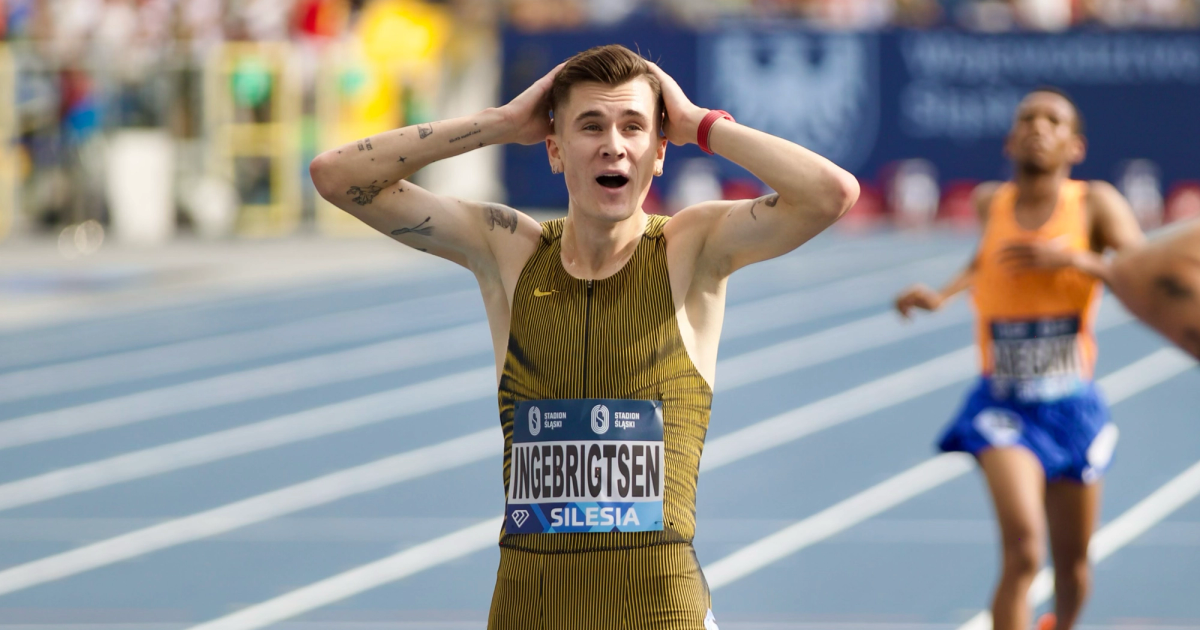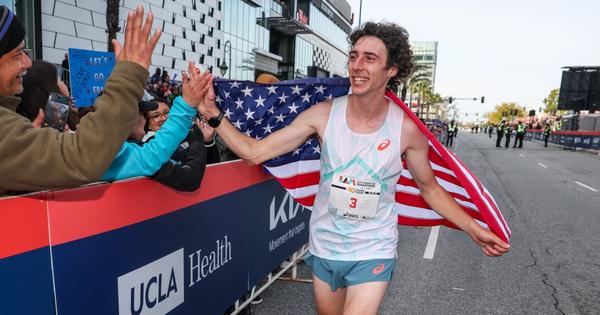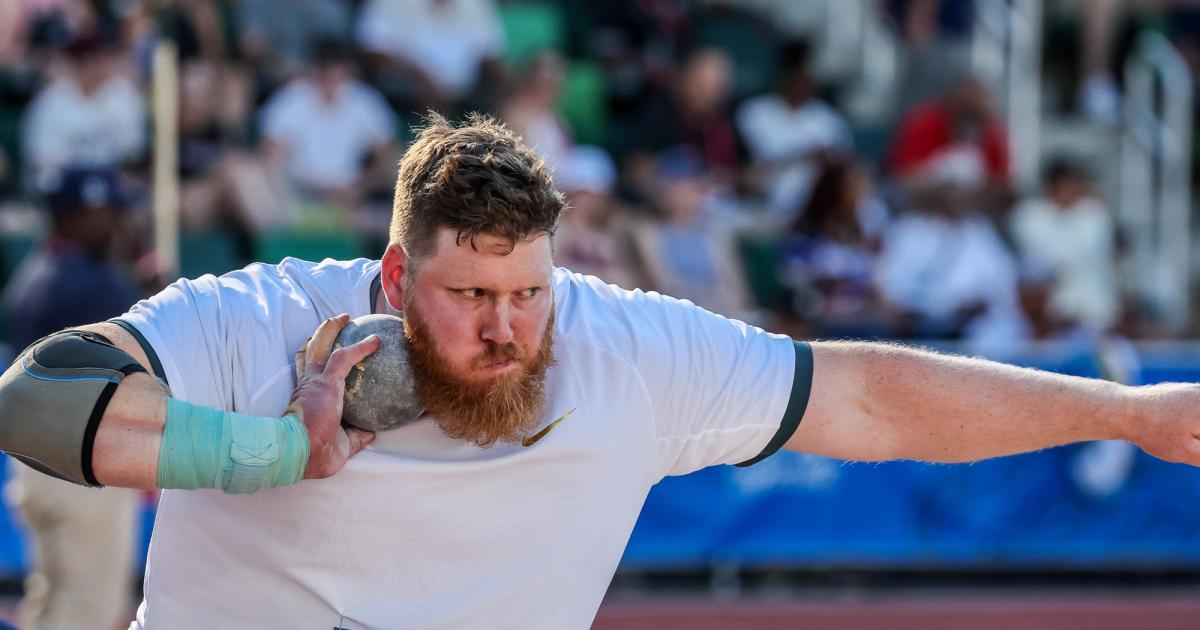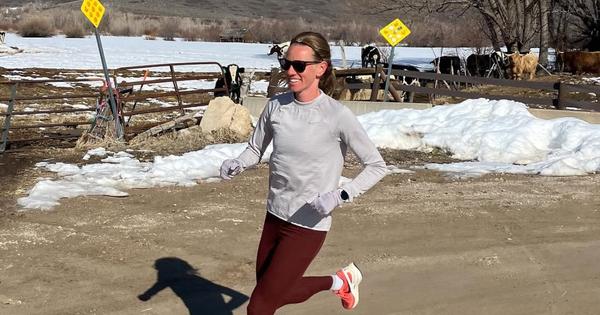By Citius Mag Staff
March 26, 2025
Is that a daffodil poking its head out of the ground? Have the first spores of pollen entered your nostrils? Is there daylight on your evening shakeout run? That’s right. Spring is in the air. And with it comes the first whisperings of the outdoor season, with tracksters of all levels opening up their seasons at a low-key local meet that’s probably a bit too cold and windy for anyone’s comfort.
With the arrival of spring track comes a resurgent interest in the upcoming pro circuit and championship season—and now we have three more months of data to shape our expectations and whet our appetites. So we asked the full CITIUS MAG team to hit the group chat with their hottest takes for what we might be surprised by and riled up about when racing really gets underway.
Love ‘em, hate ‘em, don’t believe ‘em: here’s the team’s boldest predictions for the 2025 outdoor season:
Noah Lyles will run the 400m at 2025 USA Championships. Anderson Emerole
Noah Lyles has been toying with the idea of running either an open 400m or the 4x400m for a few years now, but 2025 is the perfect chance for him to dip his toes into the event and run the 400m at USAs later this summer, which I think he’ll finally take the opportunity to do.
By way of being the defending champion in both the 100m and 200m, Lyles already has the wild card to the 2025 World Championships so he does not need to contest either event at USAs. He simply needs to compete in any event, even if it's just one round. Early in 2024, he began teasing the idea of winning four gold medals at the Paris Olympics in the 100m, 200m, 4x100m, and 4x400m. Though he only came away with two medals (100m gold and 200m bronze), during the indoor season he did run third leg of the American silver-medal-winning 4x400m at the 2024 World Indoor Championships.
On a recent episode of the Beyond the Records podcast, Vernon Norwood and Rai Benjamin further floated the idea of running the 400m at USAs to Noah. Though Lyles has yet to commit, if he still dreams of one day actually winning another World or Olympic medal in the 4x400m, he’ll have to drastically improve his current 400m PB of 47.04, set back in 2016, and prove he is truly capable of competing with some of the best 400m sprinters in the country. And even if it means just running one round, the best path may be the 400m at USA Championships this year.
Jakob Ingebrigsten will finally get his World 1500m outdoor title. Paul Snyder
It probably shouldn’t qualify as a bold prediction to suggest that—by almost any metric—the best 1500m runner in the world will win the 1500m in Tokyo. But given Jakob Ingebrigtsten’s record in Eugene, Budapest, and Paris, we’d say it’s far from a safe claim.
There’s (probably) a famous Norse adage: “outkick me once, shame on you… outkick me several more times in nearly the exact same fashion, shame on me.”
The cadre of past and prospective Ingebrigsten-slayers will have a tough path to the starting line in Tokyo. After a long season, and with the current Olympic podium running Grand Slam Track, just making the team for the U.S., the U.K., Ethiopia, or Kenya will be a bloodbath. And there are simply so many medal threats now that unlike in the past, podium aspirants can’t simply key off of Ingebrigtsen—they have maybe six or seven athletes whose every move needs to be monitored and respected.
If Ingebrigtsen plays his cards right, he’ll benefit from his rivals racing the kicks out of one another and pick up the pieces. And given how dominant Ingebrigtsen has been over the past half-decade in every race context except global, outdoor 1500m championship races, he’s overdue for a good one.
The men’s 1500m at Worlds will be won by a first-time global champion. David Melly
You have to go all the way back a decade, to 2015, to find the last time the men’s 1500m was won by a former World/Olympic champion—and who knows what that guy was doing to win. The 2016, 2017, 2019, 2021, 2022, 2023, and 2024 global 1500m champions are seven different athletes. So the logical conclusion is that the 2025 World champion will be someone who’s never claimed the mantle before. Could that be Yared Nuguse? Hobbs Kessler? Certainly possible. If Ingebrigtsen’s own trajectory is any indication, the best bet might be Dutchman Niels Laros, who finished sixth in the final in Paris at age 19.
Four of those seven champions had previously stood on the 1500m podium, which would suggest that the most likely 2025 gold medal candidates are Nuguse or Narve Nordås, the 2023 bronze medalist. Nuguse is coming off the best indoor campaign of his life, but Nordås has had more of a mixed start to the year, with a few longer-distance races under his belt but no signature performances (yet).
Of course, the other possibility is that someone lower in the ranks will arrive on the scene in the next few months capable of beating Josh Kerr, Cole Hocker, and Jakob Ingebrigtsen all in one race. That sounds crazy – although it’s exactly what Hocker did in Paris, and perhaps even more tellingly, it’s what Jake Wightman did in 2022. In three prior championship appearances, Wightman finished tenth in 2021, fifth in 2019, and didn’t make the final in 2017, so who’s to say that the next World champion has to be someone with a medal on his shelf already? If history is any indication, the only constant is unpredictability.
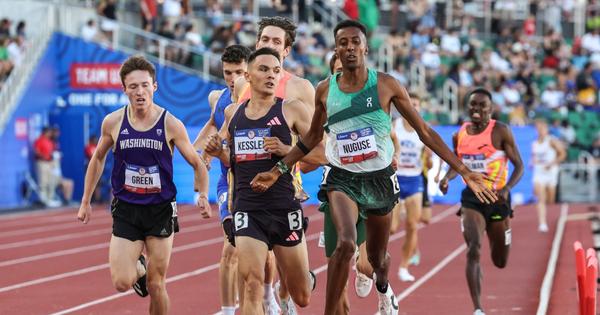
Hobbs Kessler, Yared Nuguse | Kevin Morris / @kevmofoto
The women’s marathon world record will fall again. Jasmine Fehr
Ruth Chepngetich’s 2:09:56 at the Chicago Marathon last fall—the first sub-2:10 by a woman—was pretty mind-blowing. I’m still trying to wrap my head around the fact that Chepngetich averaged 4:57 per mile for an entire marathon!
But the reality of the sport is we’re only scratching the surface of what’s possible. As technology continues to evolve, records will keep tumbling. Chepngetich shattered a barrier, and history tells us that once one person breaks through, others will soon follow. Just as Roger Bannister’s sub-4:00 mile opened the floodgates, Chepngetich’s performance could inspire a new wave of women to believe that sub-2:10 is possible for them too.
So here’s my prediction: The record will be broken again this year by Chepngetich—or another distance star—in Valencia, Berlin, or Chicago.
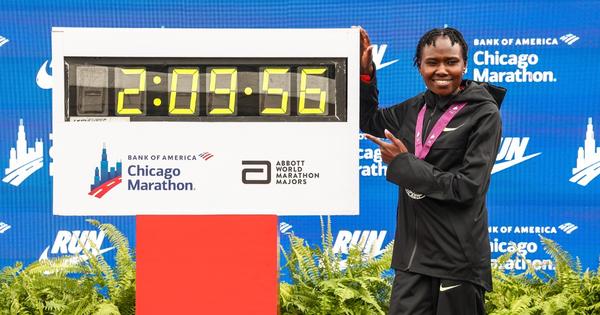
Ruth Chepngetich | Kevin Morris / @kevmofoto
Faith Kipyegon will not win the 1500m gold medal in Tokyo. Preet Majithia
With her undisputed dominance at global outdoor championships in recent years and her continued breaking of her own world record, this seems like a tough one to justify. However, I do think that finally the rest of the world is getting a little closer.
With the huge steps taken by the likes of Jess Hull running 3:50 last year and Georgia Bell running 3:52, Gudaf Tsegay returning to her usual self in Nanjing, and the rise of the likes of Diribe Welteji, there are several people in the mix. And in the right race, Nikki Hiltz and the Americans could also be in striking distance of gold. But the biggest threat (if she is allowed to run the race given the vagaries of the Ethiopian selection process) is likely Ethiopia’s Freweyni Hailu, who has that rare combination of being able to run super fast times but also have a good tactical racing brain, as she has aptly demonstrated with her World Indoor titles over 1500m in 2024 and 3000m in 2025. And Hailu (along with Welteji) did beat Kipyegon head-to-head once, albeit in a road mile at the 2023 championships in Riga.
This is not to write off Faith Kipyegon, who will remain the GOAT of the 1500m with her three Olympic golds and three World titles as well as multiple world records, but given she hasn’t faced a huge amount of competition in recent years, she could be vulnerable when actually challenged at the 1500m distance.
Ryan Crouser and Ethan Katzberg will be the only 2024 throwing champions to repeat in Tokyo. Paul Hof-Mahoney
Men’s discus and women’s shot put are the most obvious candidates for gold-medal turnover. Rojé Stona and Yemi Ogunleye deserve full credit for their wins in August, but Stona benefitted from having the best day of his life at just the right time while Ogunleye capitalized on bad conditions and underperforming favorites. Heading into 2025, the fields in their events just feel too stacked to say either one is leading the pack.
On the men’s and women’s side, javelin is in an interesting spot. Arshad Nadeem dominated in Paris in Olympic-record fashion, but his track record shows he’ll probably only compete once or twice before Tokyo and enter as a complete wild card. On the other hand, Haruka Kitaguchi competes a ton, has been the best thrower in the world the last two years, and will be aiming for a World title on home soil. That being said, I am so high on Adriana Vilagoš. The 21-year-old Serb opened up last week at 66.88m, better than anyone threw all of last year. She’s yet to make a global final at the senior level, but I have no doubt that will change in September.
Now for the two hardest sells: Camryn Rogers in the hammer and Valarie Allman in the discus. For as great as Rogers has been this decade, 2024 was somewhat of a down year for the women’s hammer, as American stalwarts Brooke Andersen, Janee’ Kassanavoid, and DeAnna Price were non-factors in Paris. This is less of a knock on Rogers and more so optimism towards her competitors returning to form. I have a similar feeling towards Allman’s chances. I have full faith in her to perform up to her usual 68m+ standards in Tokyo, but it’s hard to count out someone having the best day of their lives and sniping her like we saw in Eugene and Budapest.
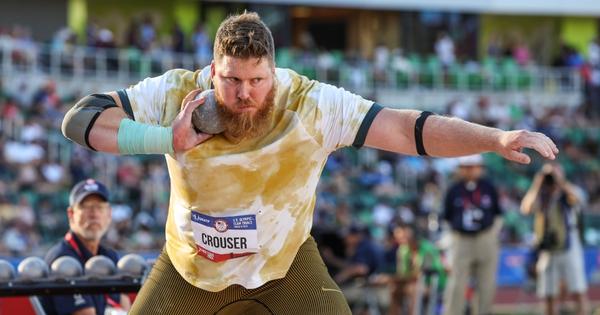
Ryan Crouser | Kevin Morris / @kevmofoto
The influx of trackfluencers picks up pace. Audrey Allen
For my outdoor season prediction, I thought I’d go for something that didn't have to do with a particular athlete or event but more of a culture shift. Maybe this take needs a little more time to marinate than the end of September—but I think the intersection of content creation and running, jumping, or throwing is going to become the norm, not just the afterthought of “oh, they do that too.”
In other words, the voices of our sport are no longer just coming from the journalists in the mixed zone, the conversations during the broadcast, or even the fingers typing up a newsletter you’ll read over morning coffee. Instagram will likely remain the biggest touchpoint between the elites and their fanbases, but our favorite Twitter pages, YouTube channels, and TikTok profiles will keep growing and be joined by familiar (and new) faces. And it won’t just be full of Gen-Z neologisms but relatable storytelling and candid documentation that adds to the entertainment factor of our sport while highlighting an athlete’s professional skill set beyond their physical gifts.
I think there’s going to be a trend toward authenticity and creativity on the digital side of track and field, backed by the fact that we’re already starting to see more contracts hinting at this—like brands signing athletes beyond just performance metrics and making teams. Maybe instead of just hiring an agent, athletes will look for content staff as well.
With this move towards greater social media participation, even casual fans are going to start recognizing more names before their big breaks. You’re going to know the next Matthew Richtman before he becomes Matthew Richtman.

Citius Mag Staff
